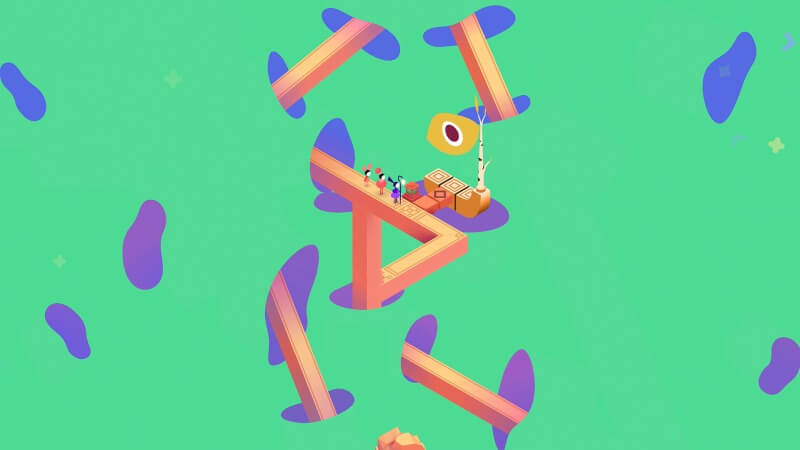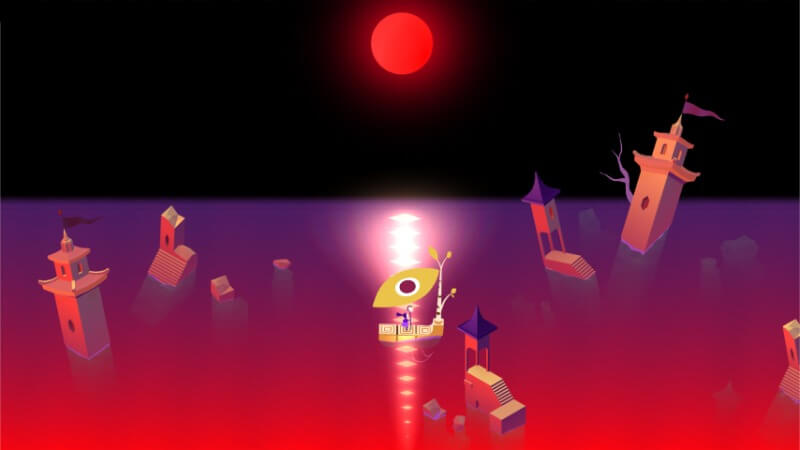Monument Valley 3 Maintains The Series’ Charm, But Could Use A New Perspective

The original Monument Valley made quite a splash when it was released in 2014, one of a handful of mobile games that broke through to mainstream gaming discourse thanks to its striking visuals and puzzles that made it feel like a playable M. C. Escher illustration. It reached around 30 million downloads, prompting a sequel that upped its level design even further.
Unfortunately, the third game, Monument Valley 3, didn’t quite have the same cultural impact. However, this muted response had less to do with the game itself than with where it was released: it was only available through Netflix Games, a section of the streaming service that’s apparently engaged with by less than 1% of subscribers. You couldn’t buy it directly from digital storefronts and had to access it through the Netflix app.
Thankfully, that Netflix Games exclusivity is coming to an end, as Monument Valley 3 is releasing on consoles and PC this week. Its arrival is welcome news because while this follow-up can’t quite conjure the same magic that the original game did more than a decade ago, it still delivers clever optical illusions that will have you looking at problems from different angles.
Taking place in a similarly abstract world to its predecessors, we follow a young girl named Noor. She is an apprentice at the Lighthouse, a beacon that ensures travelers don’t get lost in a sea of impossible-to-navigate illusions. Her mentor is sure to regularly remind her of the gravity of this responsibility, until one day, the weight of this task becomes all too apparent. When Noor is forced to take up the mantle of her teacher earlier than expected, she embarks on a journey to repair the Lighthouse and reunite the sailors who have been scattered across the seas.
These initial plot points are easier to lay out than ever because, unlike the cryptic storytelling of the first two games, this one is much more direct and explicit. It’s a change that has some occasional benefits, like when learn the backstory of a free spirit known as The Nomad, but mostly robs this backdrop of some of its ambiguity, leaving us with a relatively straightforward coming-of-age narrative.

Thankfully, this world itself and its challenges remain as odd and unexplainable as ever, a maze of impossible objects that balance a visual wow-factor with trials that force you to at least marginally process what you’re seeing. For those who haven’t played these games, the goal is to maneuver your character from a start point to the exit, manipulating strange architecture by shifting specific pieces and by spinning the camera to one of four isometric angles—changing these camera angles alters how you’re viewing these optical illusions, creating pathways that didn’t exist before in the process.
Manipulating these isometrically presented objects is akin to shifting around the pieces of a physical puzzle box as you slide parts and rotate handwheels, except if that puzzle box didn’t obey the laws of Euclidean space. There’s also very much a progression here, where the earlier levels mostly serve to showcase the mind-bending optical illusions on display before gradually becoming more challenging over time. At first, it’s like you’re manipulating the pieces of a clever sculpture that naturally reveals itself—basically, these first few levels don’t require a lot of brainpower, but mostly make up for it with presentation.
A calling card of the Monument Valley series is that almost every moment looks like it could be a stand-alone work of art, and between the tasteful color palettes and soft, picturesque unreality of these settings, the third game pulls this off once again. Even as the more explicit storytelling detracts from some of the enigmatic vibe, there is still an appropriate air of mystery thanks to strange sights and the ambient hum of the soundtrack. There are even quite a few aesthetic shake-ups, best defined by an area where it feels like you’ve stumbled into a different art style full of chromatic aberration and off-kilter rainbows, a pivot that’s also expressed in gameplay.
-

-

-

-

-

-

-

-

-

-

-

-

-

-

-

-

-

-

-

-

-

-

-

-

-

-

-

-

-

-

-

-

-

-

-

-

-

-

-

-









































